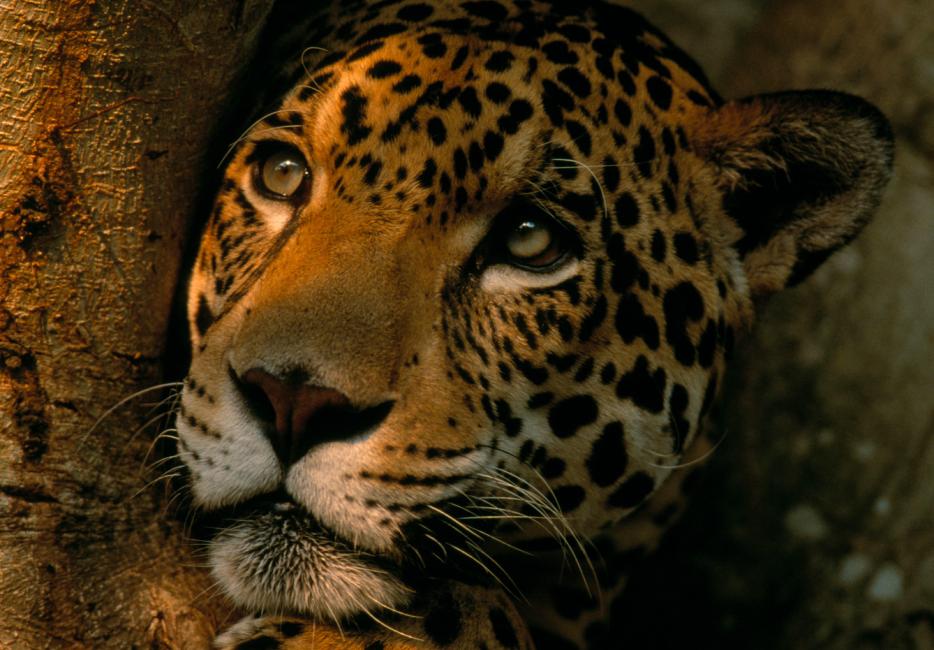
Jaguar: the Amazon's amazing swimming cat species:
Affected by: Habitat loss and fragmentation , Human wildlife conflict , Illegal wildlife trade
A symbol of the enigmatic power of the Amazon, the jaguar is the largest cat in the Americas. Jaguars have unusually large, round heads, short legs and a stunning coat dotted with dark rosettes and spots.
They often live near water and are good swimmers. A jaguar’s ultra-strong jaws and teeth can bite through a crocodile skull or turtle shell, but they’ll prey on almost any wild animal they come across – including deer, armadillos, monkeys and lizards.
Jaguars are currently Near Threatened. However, with its forest home increasingly being destroyed, and conflict growing with farmers and ranchers, the remaining jaguar population is declining under serious pressure. Jaguars now occupy less than half of their historical range. They’re so elusive that we don’t know exactly how many are left in the wild – but we do know their numbers are dropping. Help us protect these enigmatic cats.
"For me jaguars represent the Amazon wilderness. But conserving them is a challenge. Jaguars need large areas of forest, and people often feel threatened by these cats and fear for their livestock. However, as top predators jaguars are key for a healthy Amazon. If we manage to conserve jaguars, we’ll be closer to protecting the rainforest as a whole.”
Senior Programme Advisor Latin America and Jaguar Lead, WWF-UK
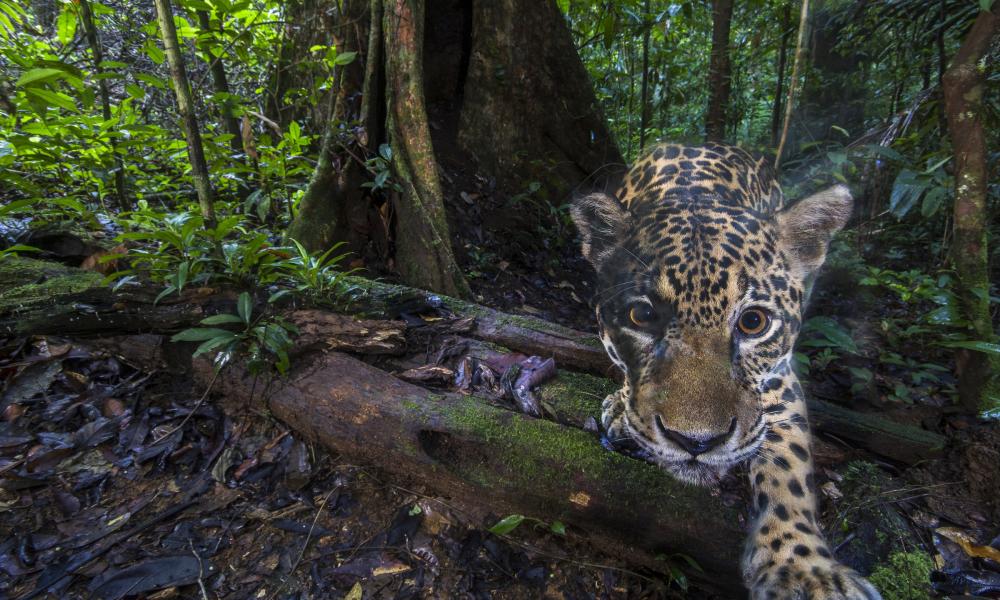
Where do jaguars live?
Where do jaguars live?
Jaguars often live in tropical lowlands, preferably close to water such as rivers and inland wetlands. In the past, jaguars could be found from the south-western USA to the scrub grasslands of Argentina. Sadly, they have lost half of their historic range mainly due to habitat loss.
Today, the Amazon is the largest stronghold for this predator. Around 50% of jaguars are found in Brazil alone, and the rest of the jaguar populations live in the remaining 17 countries, eight of which share the Amazon rainforest: Peru, Bolivia, Ecuador, Colombia, Guyana, Suriname, Venezuela, and the oversea territory of French Guiana.
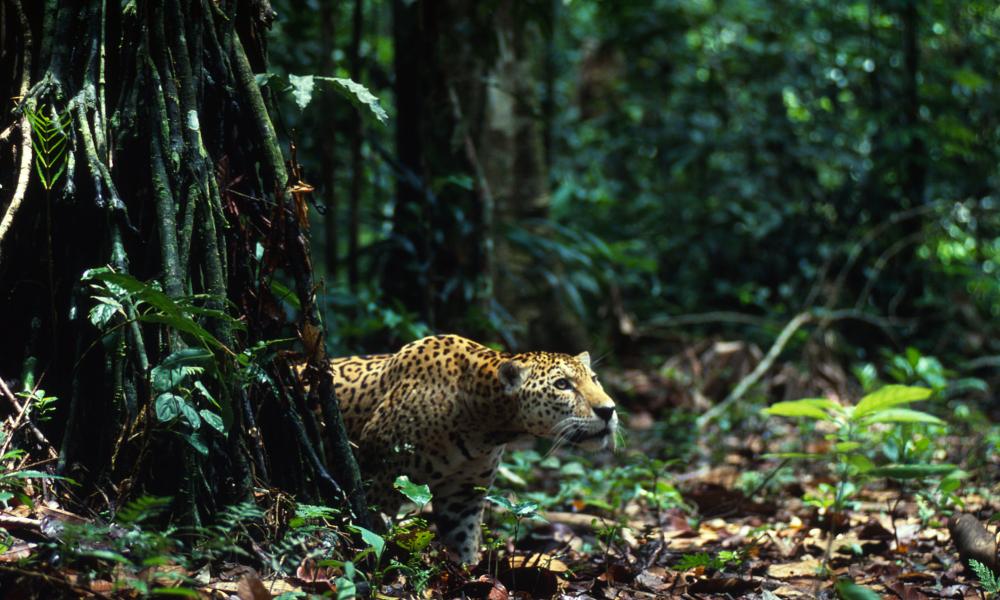
Why jaguars are so important
Why jaguars are so important
Jaguars are the top predators in their environment, so they play an important role in controlling the populations of other species. This helps keep a balance in the food chain, and a healthy environment.
By protecting jaguars and the places where they live, we’re also helping to look after other wildlife – of which there are a lot of in the Amazon and Pantanal.
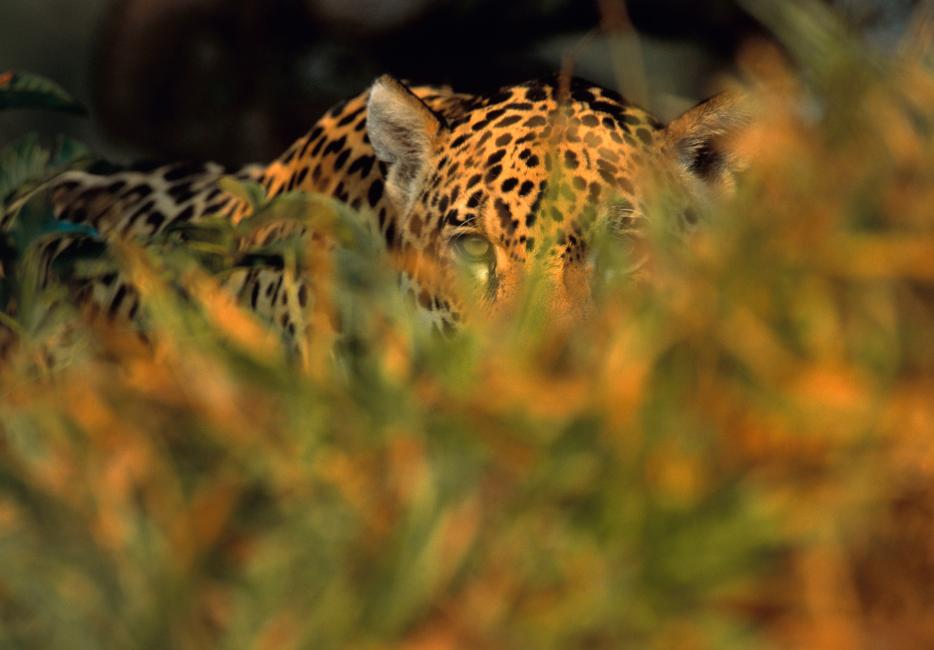
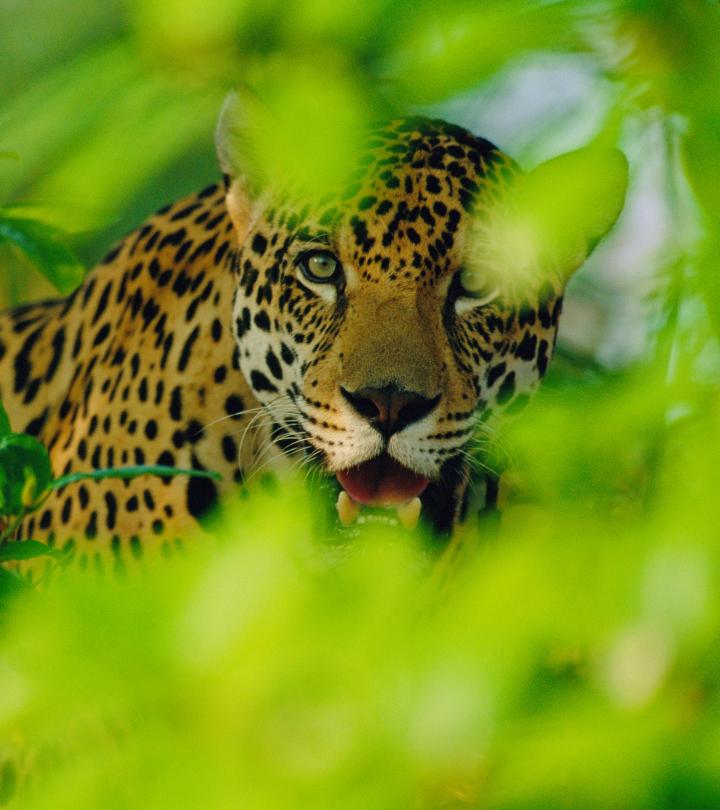
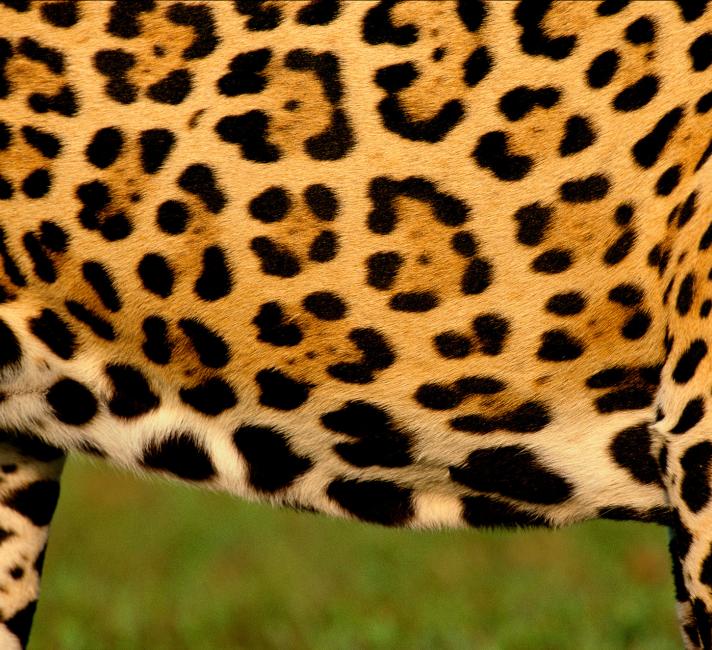
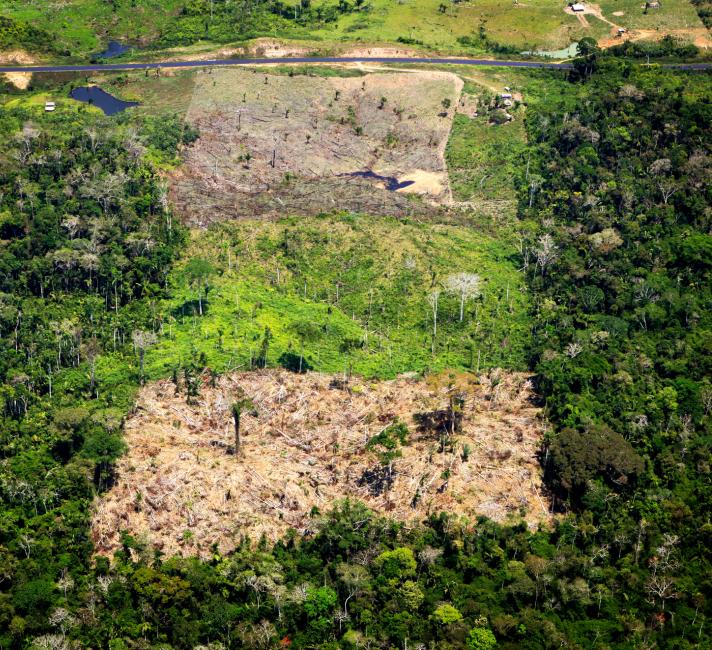
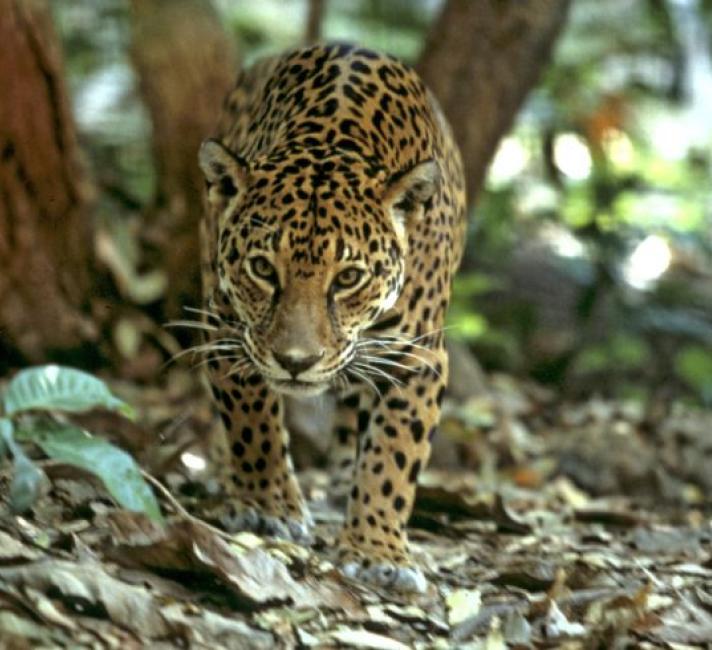
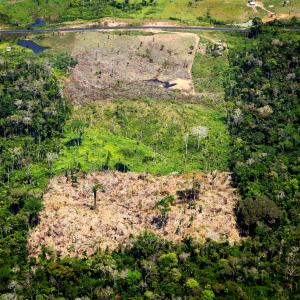
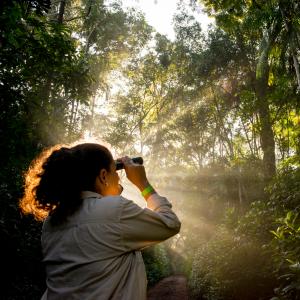
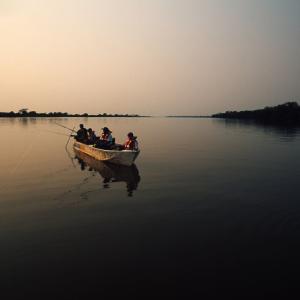

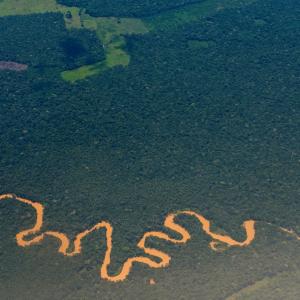

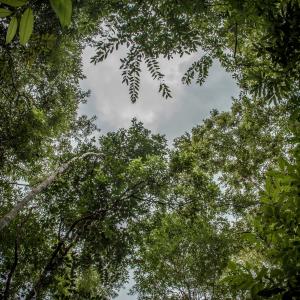
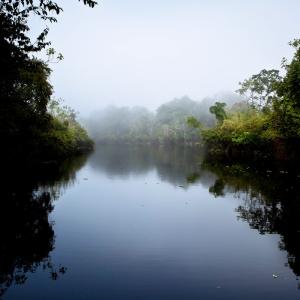 The Amazon Rainforest
The Amazon Rainforest
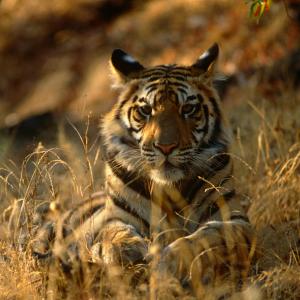 Tigers: possibly the world's most iconic big cat
Tigers: possibly the world's most iconic big cat